Description
Weeping willow ,Salix babylonica – Tree
Weeping Willow (Salix babylonica) – Tree is a fast-growing ornamental tree admired for its long, drooping branches and graceful appearance. Native to China and widely cultivated across Asia, Europe, and North America, this tree thrives in moist soils and near water bodies. It is an outdoor plant, best suited for large gardens, landscapes, parks, and lakesides, where its cascading foliage creates a cooling and soothing environment. A special feature of the Weeping Willow is its ability to reduce soil erosion, purify the air, and provide natural shade. With its iconic beauty and ecological benefits, this tree is a favorite for landscaping and environmental restoration projects.
Features:
-
Graceful Appearance: Long, pendulous branches with narrow, lance-shaped green leaves that give the tree its “weeping” look.
-
Fast-Growing: Can grow up to 35–50 feet tall with a wide spreading canopy, making it an excellent shade tree.
-
Native Origin: Belongs to China, but now naturalized in many parts of the world including Asia, Europe, and North America.
-
Outdoor Tree: Ideal for gardens, lakesides, and parks, thriving in moist soils near water bodies.
-
Seasonal Change: Leaves turn golden yellow in autumn before shedding.
-
Special Qualities: Helps reduce soil erosion, provides habitat for birds, and enhances landscape beauty.
-
Lifespan: Can live for 40–75 years under good conditions.
Growing Conditions:
-
Sunlight: Needs full sun for best growth (at least 6–8 hours daily).
-
Watering: Loves moisture; water regularly, especially in dry seasons. Avoid letting the soil dry out completely.
-
Fertilizer: Apply organic compost or a balanced NPK fertilizer in spring for healthy foliage and faster growth.
Care Tips:
-
Pruning: Trim dead or overcrowded branches in late winter to maintain shape.
-
Mulching: Add mulch around the base to retain soil moisture.
-
Pests/Diseases: Watch for aphids, caterpillars, or fungal infections; treat with organic neem spray if needed.
-
Special Care: Avoid planting near pipelines or drainage systems, as willow roots are strong and spread widely.


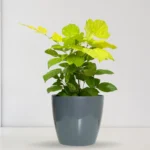

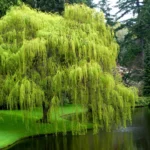
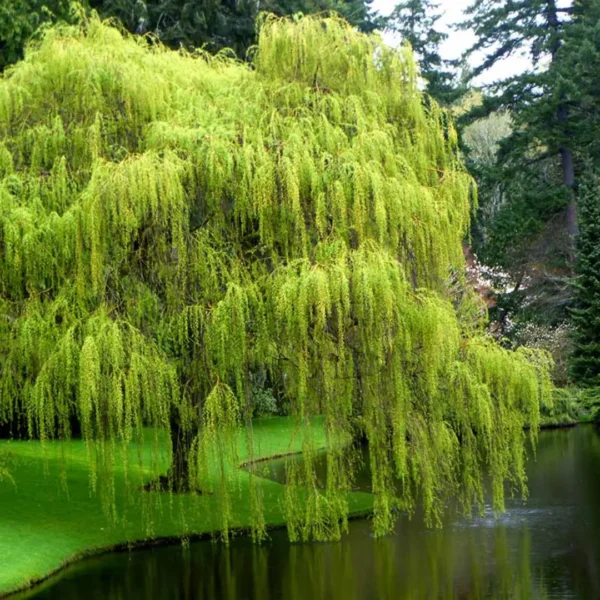
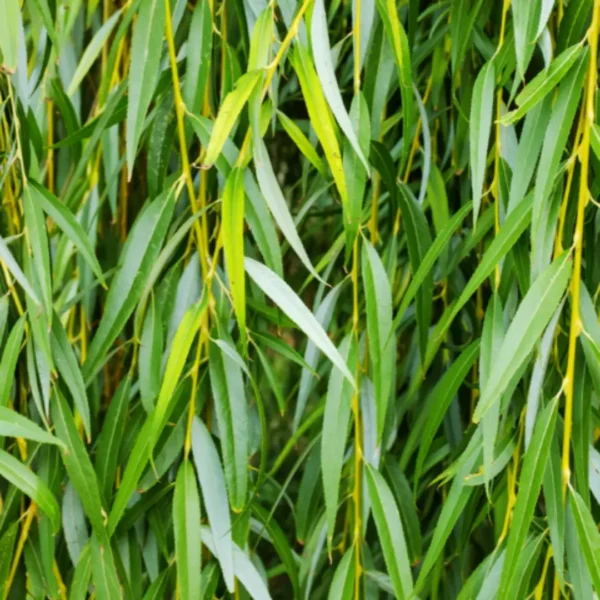
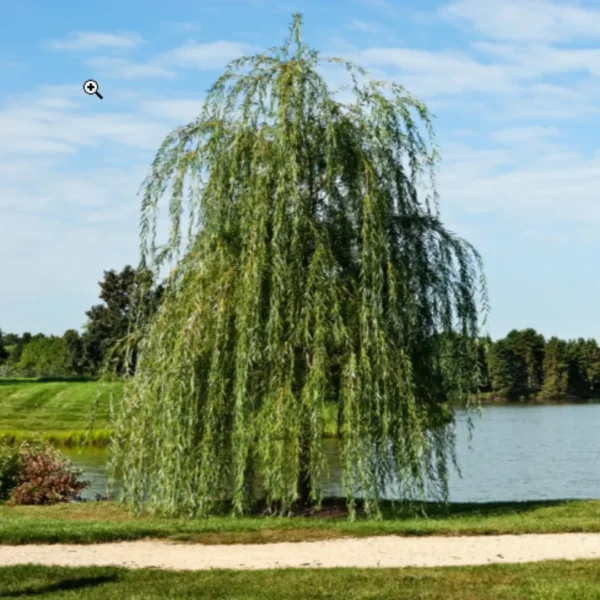
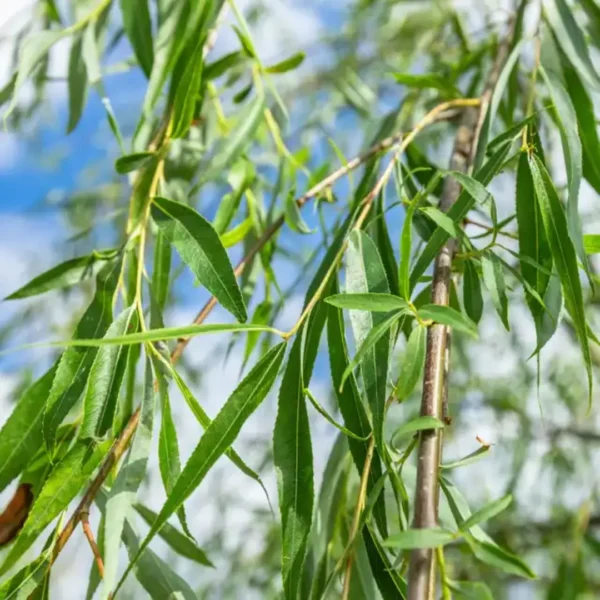
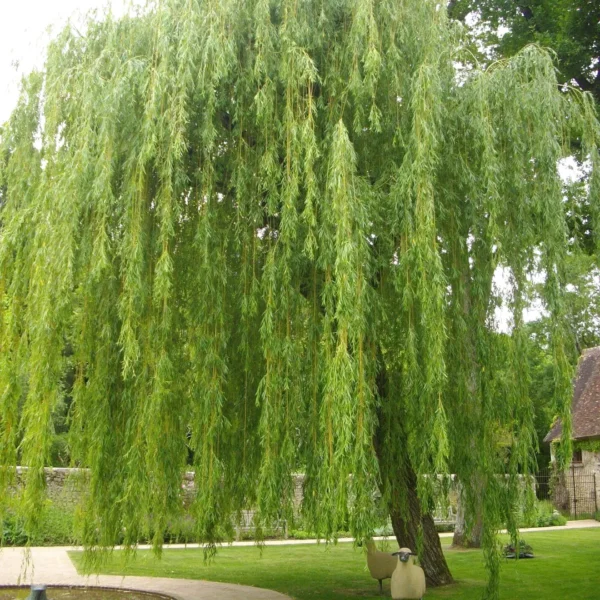
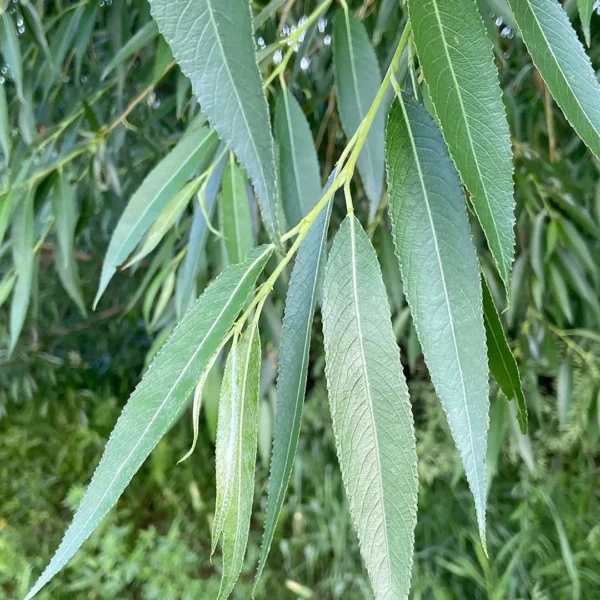


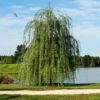
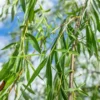
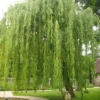


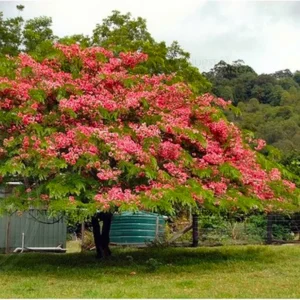


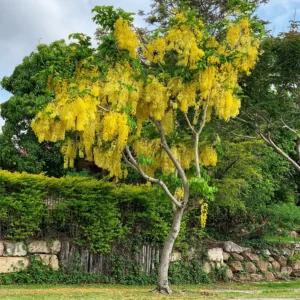
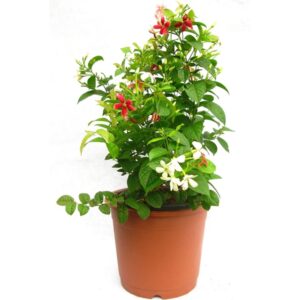

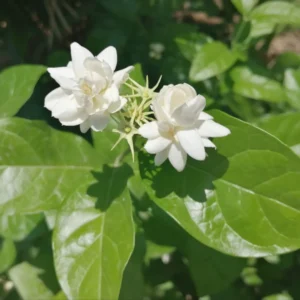

Reviews
There are no reviews yet.